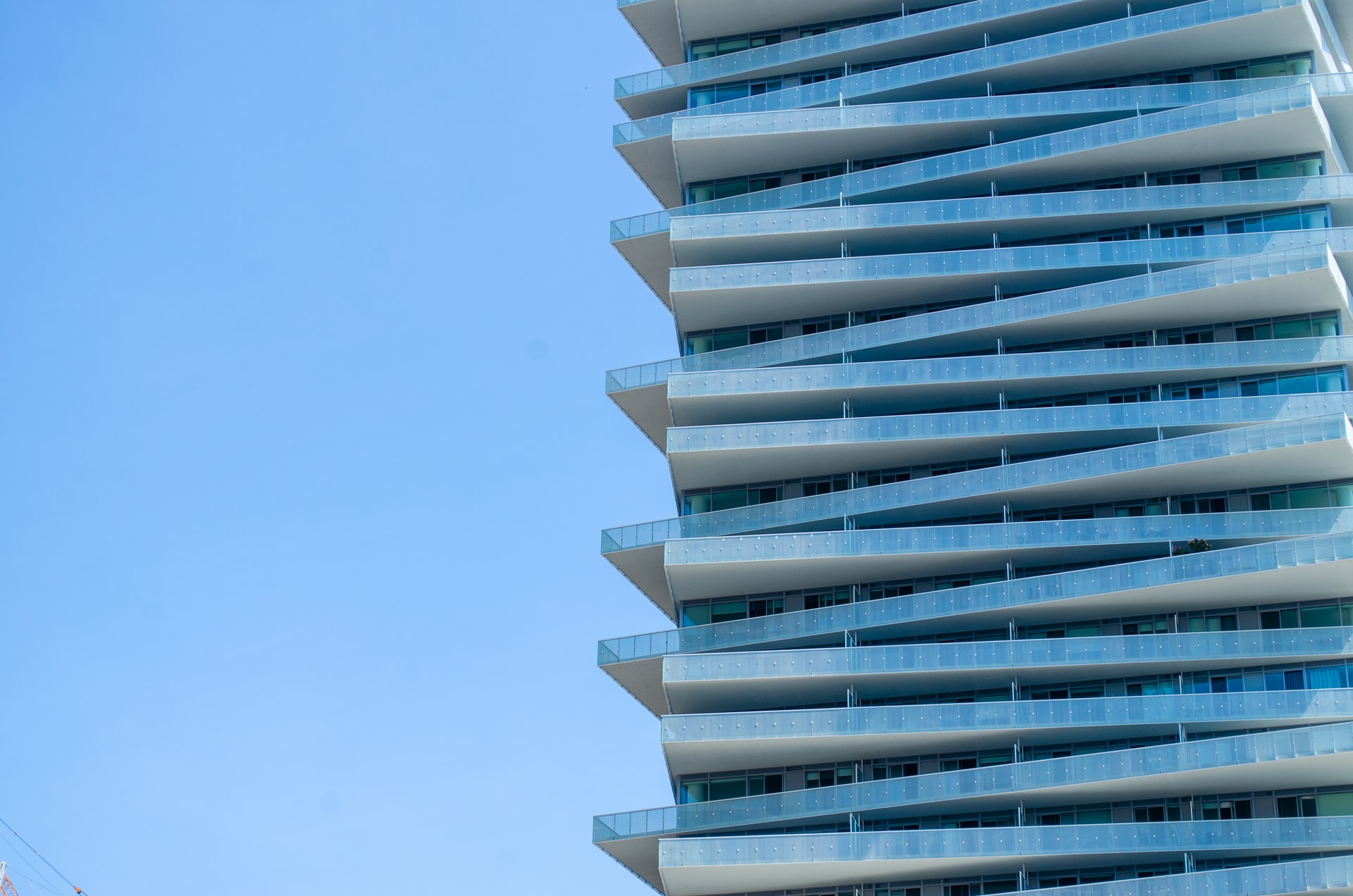This year the Ontario Ministry of Government and Community Services amended the Ontario Condominium Act to expand the jurisdiction of the Condominium Authority Tribunal. Effective January 1, 2022, the CAT can hear and decide disputes involving nuisances, annoyances or disruptions, including noise, odour, light, vibration, smoke and vapour, as well as nuisance and related indemnification provisions in condominium government documents, such as declaration, by-laws, or rules.
The Condominium Authority Tribunal
The Condominium Authority Tribunal is established under Part I.2 of the Condominium Act, which prescribes, among other things, the members and jurisdiction of the tribunal. It is further governed by Ontario Regulation 179/17, which sets out the scope of disputes that the Condominium Authority Tribunal may hear.
The Condominium Authority Tribunal is Ontario’s first fully online tribunal, using an online dispute resolution system “to help people resolve certain condominium-related disputes conveniently, quickly, and affordably.”
The Condominium Authority Tribunal Jurisdiction
With the new amendments to the Condominium Act, the Condominium Authority Tribunal can currently accept applications about the following types of disputes:
- Includes disputes involving the records that condo corporations must keep under the Condominium Act, 1998, and which owners are entitled to access.
- Includes disputes involving non-compliance with a settlement agreement from a previous Condominium Authority Tribunal case.
- Disputes about provisions in a condominium corporation’s governing documents involving Pets and Animals, Vehicles, Parking and Storage.
- Includes disputes involving compliance with the provisions, the reasonableness and consistency of the provisions, and whether the provisions were properly implemented.
- Disputes about unreasonable nuisances, annoyances, or disruptions or provisions in a condominium corporation’s governing documents involving Noise, Odour, Light, Vibrations, Smoke and Vapour.
- Includes disputes about these types of unreasonable nuisances, annoyances or disruptions, and disputes about provisions in a condominium corporation that govern these types of activities.
- Disputes about any other type of nuisance, annoyance or disruption set out in provisions of the condominium corporation’s governing documents.
- Includes disputes involving compliance with the provisions, the reasonableness and consistency of the provisions, and whether the provisions were properly implemented.
- Disputes about provisions in a condominium corporation’s governing documents involving indemnification or compensation relating to three, four and five above.
The Condominium Authority Tribunal Process
The Condominium Authority Tribunal dispute resolution process has six main steps, as follows:
1. Filing an Application
In this stage, the applicant tells the Condominium Authority Tribunal what the issues are and who is involved. A case begins when the Condominium Authority Tribunal accepts an application that has been filed about a dispute that the Condominium Authority Tribunal has the legal power to decide.
2. Delivering the Notice
Once an applicant has applied, they must deliver a Notice to the Respondent so the Respondent can join.
3. Joining a Case
In this stage, the respondent will join the case. Once they have joined, the case will automatically move into Stage 1 – Negotiation.
4. Stage 1 – Negotiation
In this stage, the applicant and the respondent can work together to try and resolve the case between themselves.
5. Stage 2 – Mediation
In this stage, a Condominium Authority Tribunal mediator will join the case and try to help the applicant and the respondent resolve the case.
6. Stage 3 – Tribunal Decision
In this stage, a Condominium Authority Tribunal Member will join the case and make a decision that the applicant and respondent must follow.
Rules of Practice
The Condominium Authority Tribunal is governed by the Condominium Authority Rules of Practice (the “Rules of Practice”), with the most recent set of rules coming into force on January 1, 2022. The Chair of the Condominium Authority Tribunal may also issue Practice Directions to provide further information about the CAT’s practices or procedures.
Online Dispute Resolution System
The Rules of Practice provide that unless the Condominium Authority Tribunal allows another method, all parties must use the online dispute resolution system (the “CAT-ODR”) to communicate and exchange documents and messages.
Therefore, documents must be in an electronic form and delivered by using the CAT-ODR system, unless the Condominium Authority Tribunal allows or requires delivery by e-mail or another method. The Condominium Authority Tribunal may require that documents be delivered by a certain time and in a certain format or quality or with limits in file size or the number of files. If documents are not in an acceptable format, quality, number or size, the CAT may require the person who provided those documents to provide them acceptably.
Every Party must provide their contact information in the CAT-ODR system. If their contact information changes, they must update their information in the CAT- ODR system as soon as possible. Contact information includes:
-
- (a) an e-mail address; and
- (b) a mailing address.
Every party must check the CAT-ODR system and their e-mail for communications related to their Case at least once every weekday (i.e., Monday to Friday, except for holidays) or as often as directed by the CAT.
No party or public member is permitted to contact a Condominium Authority Tribunal Member outside of the CAT-ODR system unless specifically directed to do so by that Condominium Authority Tribunal Member.
Approach to Ordering Costs
The Rules of Practice set out the Condominium Authority Tribunal’s ability to order one party to reimburse another party for the legal fees and/or disbursements (collectively referred to as “costs”) they have incurred if the costs are the result of “behaviour that was unreasonable, undertaken for an improper purpose, or that caused a delay or additional expense.”
Effective January 1, 2022, the Condominium Authority Tribunal also introduced a Practice Direction, “Approach to Ordering Costs,” which provides additional clarity on the criteria the CAT might consider when deciding whether to order costs and, if so, the number of costs to be ordered.
When deciding whether to order a party to reimburse another party’s costs, the CAT balances the parties’ rights and interests to arrive at a fair decision. Some of the factors that the Tribunal may consider:
- Whether a party or representative’s conduct was unreasonable, for an improper purpose or caused a delay or expense
- Whether the case was filed in bad faith or for an improper purpose
- The conduct of all parties and representatives, including the party requesting costs
- The potential impact an order for costs would have on the parties
- Whether the parties attempted to resolve the issues in dispute before the CAT Case was filed
- Whether a Party has failed to follow or comply with a previous order or direction of the CAT
- The provisions of the condominium corporation’s declaration, by-laws and rules (collectively referred to as the condominium corporation’s “governing documents”)
- Any other factors the CAT considers relevant
Oakville Real Estate Lawyers Helping Clients with their Residential Real Estate Needs
At Campbells LLP, our knowledgeable team of residential real estate lawyers have in-depth experience representing clients in real estate litigation before the courts and tribunals to positive results. To speak with a lawyer about your condominium or other real estate needs, contact us online or at 905-828-2247 to schedule a consultation.

